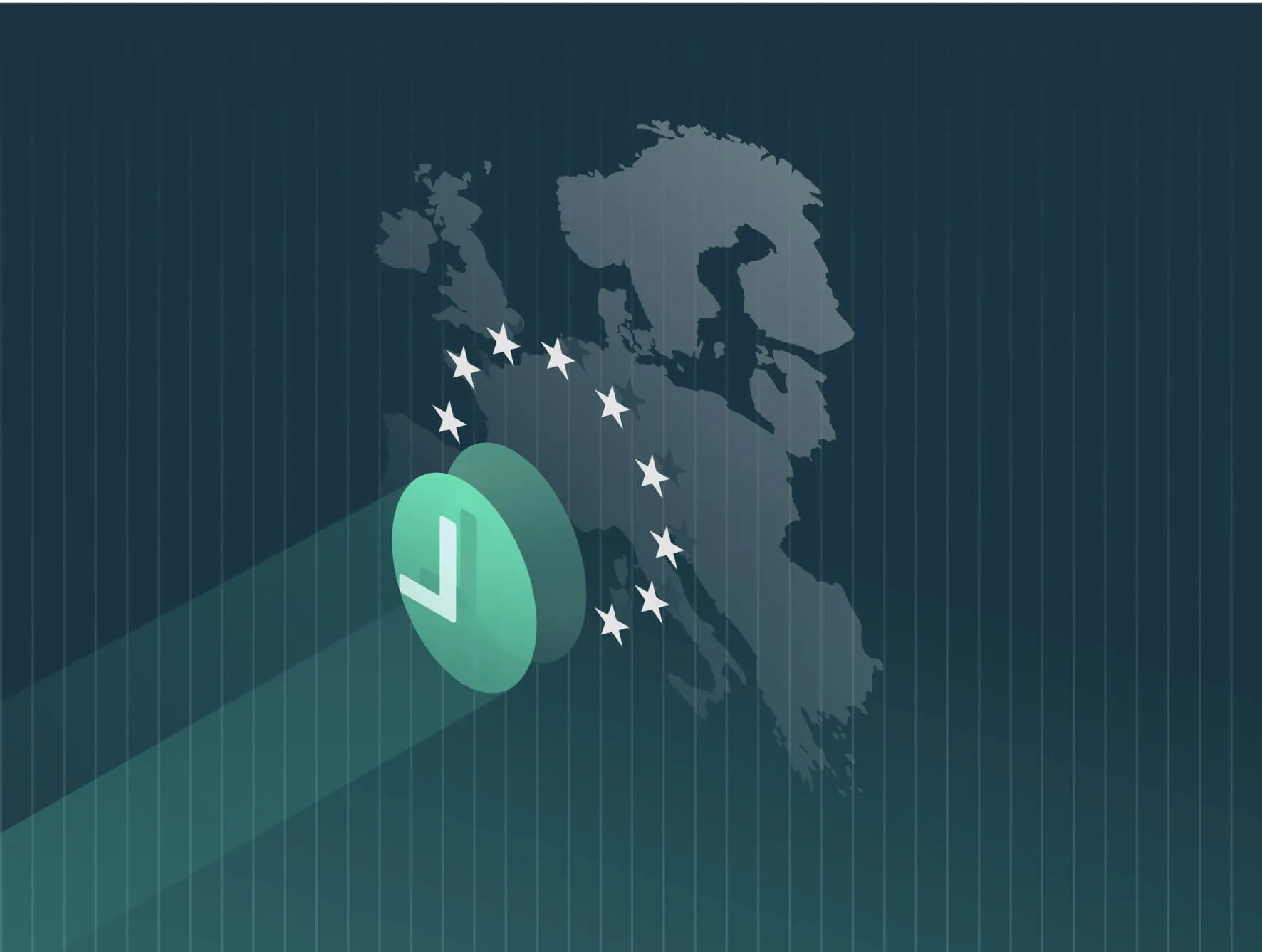Introduction
Pay equity is an umbrella term that includes issues related to the compensation paid by employers to their employees for performing comparable work, without regard to gender or race/ethnicity or other categories protected by law (such as national origin or sexual orientation). There has historically been a pay gap between male and female employees, something that companies have grappled with for some time. Lack of progress has recently led to the introduction of various pay equity laws on a national, state, and local level. These laws and regulations are twofold:
- Requiring employers to be transparent in their pay practices in job postings and advertisements.
- Requiring employers to document and report on their pay practices.
As companies take steps to comply with these laws and to proactively audit and address any inequities in their organizations, employees can serve as important allies in the process through participation in employee resource groups (ERGs) and, to a lesser degree, business resources groups (BRGs).
What ERGs and BRGs are and what they do
While the terms “employee resource groups” and “business resource groups” are often used interchangeably, there is an important distinction to be made.
Employee resource groups (ERGs), also called affinity groups, ERGs, according to Gartner, are voluntary, employee-led diversity and inclusion initiatives that is formally supported by an organization. ERGs generally are organized on the basis of common identities, interests, or backgrounds with the goal of supporting employees by providing opportunities to network and create a more inclusive workplace.”
The first ERG in the U.S. was the Xerox National Black Employees Caucus, created in 1970. Business resource groups (BRGs), which are less common, are formed with a specific business purpose in mind-such as tackling issues of pay inequity within an organization. While they may still provide support and community for their members, BRGs are focused on driving business objectives and contributing to organizational strategic goals. BRGs often bring together employees who have a shared interest or affiliation related to a specific business dimension, such as equitable pay practices for women.
The key differences between ERGs and BRGs are:
- Focus. ERGs primarily focus on fostering a sense of belonging, employee support, and addressing issues related to workplace equity. BRGs, on the other hand, have a more business-centric focus, aligning their efforts to specific business objectives and outcomes.
- Membership. ERGs typically represent specific demographic or identity groups, aiming to create a space for employees with shared characteristics. BRGs, on the other hand, can have broader membership that may include employees from different backgrounds who have a common business interest or goal.
- Goals. ERGs often concentrate on cultural awareness, education, mentoring, and advocacy for underrepresented groups within the organization. BRGs are more likely to focus on market research, innovation, talent development, and improving business performance in relation to their specific area of focus.
- Alignment. ERGs are closely aligned with workplace equity initiatives, with the goal of creating a more equitable and inclusive workplace. BRGs, while also supporting workplace equity efforts, contribute directly to the organization’s success.
It’s important to note that the terminology and definitions related to ERGs and BRGs can vary across organizations, and some organizations may use the terms interchangeably. The specific roles and functions of these groups may also evolve based on the organization’s unique needs and goals, and the demographics of their workforce and market. Because BRGs are still less common, here we will focus on ERGs.
The best practices and steps involved in implementing and leveraging the value of ERGs can readily be applied to BRGs in those organizations that are beginning to shift in this direction.
ERGs and their role in achieving pay equity
ERGs can play an important role in achieving pay equity for women by providing a platform for employees to come together, support one another, and advocate for positive change. The goal of these groups is to go beyond being social clubs to become influential voices that impact business decisions. Some of the key ways that ERGs can help to achieve pay equity for women include:
- Raising awareness and education. ERGs can serve to educate organizational leaders, HR professionals, and employees about the gender pay gap and the importance of pay equity. They can hold workshops, panel discussions and awareness campaigns to help promote understanding and foster a culture of inclusivity.
- Advocacy and policy development. ERGs can actively advocate for pay equity policies and practices. These groups can collaborate with leadership and HR teams to develop and implement unbiased compensation policies, conduct pay equity audits, and monitor progress toward closing the gender pay gap.
- Employee feedback and voice. ERGs provide a platform for women in organizations to share their experiences, concerns, and suggestions regarding pay equity. These groups can collect feedback through surveys, focus groups, or other channels, ensuring that the perspectives of female members of the workforce are considered in decision-making processes.
- Mentorship and sponsorship. ERGs can facilitate mentoring and sponsorship programs to support the career development of women in the workforce. By connecting women with senior leaders and other influential individuals within the organization, ERGs can help break down barriers and create opportunities for advancement, which can help to drive pay equity.
- Networking and professional development. ERGs can facilitate networking events, workshops, skill-building sessions, and other activities specifically tailored to women’s professional development. These activities can enhance women’s skills, increase their visibility, and contribute to their overall career growth, serving to positively impact their earning potential.
To maximize the opportunity to achieve pay equity through ERGs, there are a number of best practices that companies should follow.
Best practice advice
Some companies are more effective than others when seeking to improve pay equity for women through their ERGs. Some important best practices to consider when launching or improving your own ERGs include:
- Establish clear goals. If you don’t know where you want to go, it can be challenging if not impossible to determine how to get there. Define the specific goals and objectives of your ERG efforts related to pay equity for women. Ensure alignment with the organization’s overall workplace equity strategy and business objectives and develop a roadmap for achieving your goals.
- Collaborate with leadership and HR. It’s important to foster a strong partnership with organizational leaders and HR professionals. Collaborate on initiatives, provide data-driven insights, and engage in meaningful dialogue to influence policies, practices, and decisions related to pay equity.
- Data collection and analysis. Work with HR teams to collect and analyze data on compensation, promotions, and career progression. This information is crucial for identifying pay gaps and understanding the factors contributing to pay inequities in your organization.
- Engage and educate allies and champions. Encourage both men and other non-targeted groups to become allies and champions for pay equity. Broad-based support is essential for driving meaningful change and dismantling systemic barriers.
- Measure and report on progress. Ongoing communication is critical to the success of your efforts to leverage ERGs in support of pay equity for women. That communication should include regular reports and updates on the progress being made. Share updates with the organization and all key stakeholders to demonstrate transparency, maintain accountability, and celebrate milestones.
Finally, here are some important points to keep in mind when considering how your organization might leverage the power of ERGs to drive pay equity for women.
Important do’s and don’ts
Do:
- Foster a collaborative and inclusive environment where diverse perspectives are welcomed.
- Advocate for unbiased and transparent pay practices.
- Engage in constructive dialogue with organizational leaders and HR professionals.
- Support intersectionality by considering the unique challenges faced by women of different backgrounds.
- Encourage mentorship and sponsorship programs to support career growth.
Don’t:
- Exclude or marginalize other groups within the organization.
- Rely solely on anecdotal evidence; Use data and metrics to support evidence of goal attainment.
- Engage in confrontational or divisive tactics-focus on building partnerships and fostering understanding.
While the terminology and definitions related to ERGs may vary across organizations, the role these groups can play in helping to drive pay equity for women can be significant. By following best practice advice and avoiding common do’s and don’ts you can ensure that your organization effectively leverages the significant value these groups can hold for gaining and maintaining pay equity for women.








